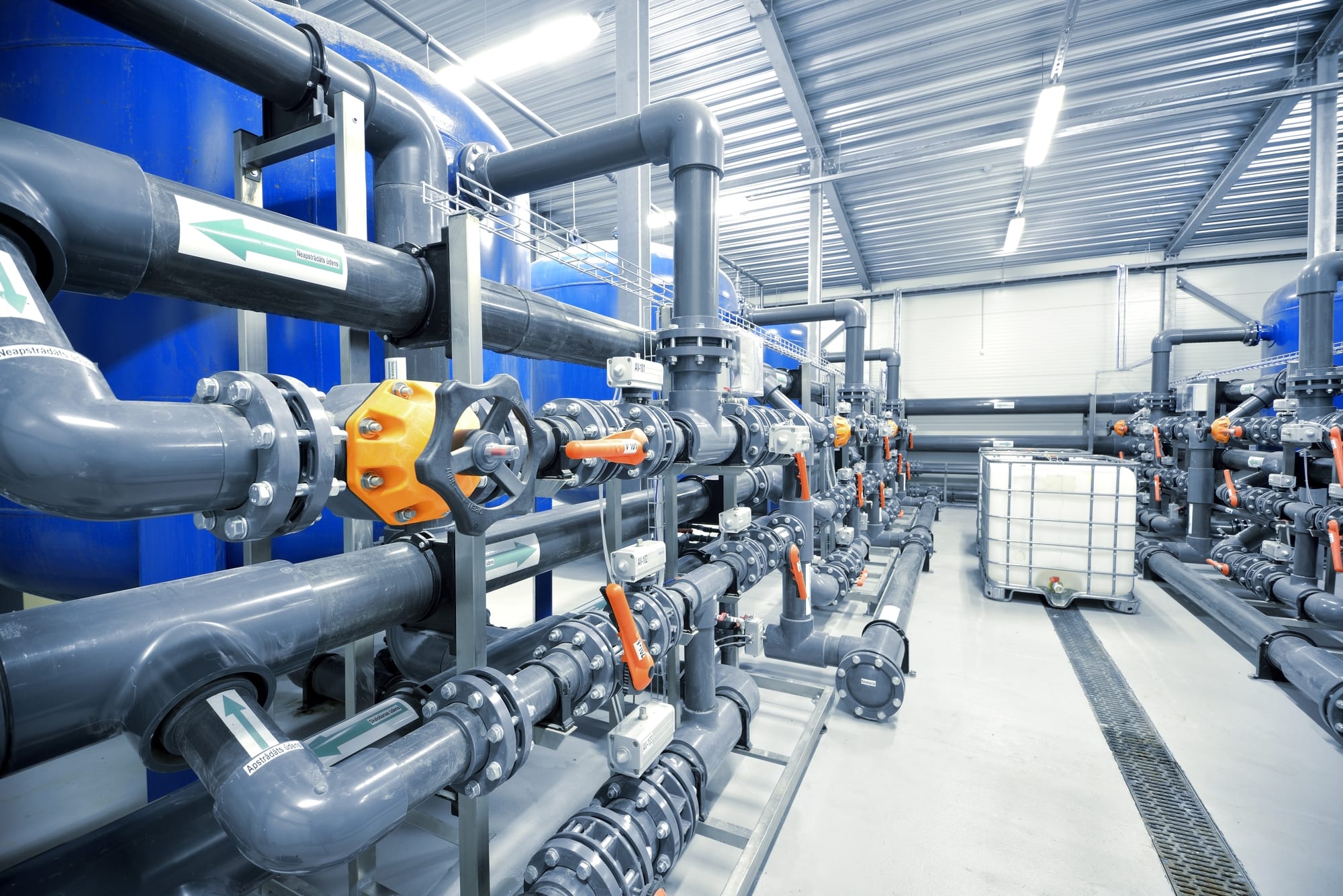Boiler burners provide a foundational component of combustion system designs. From air-fuel distribution and preparation to combustion control and furnace design — industrial gas and boiler burners have undergone significant progress over the years.
New technology and evolutionary engineering has created immense changes over the past 50 years or so, creating longer-lasting, sustainable, and efficient boiler systems.
So, what are some of the benefits we’ve seen as a result of this progress?
- Multiple fuel flexibility
- Lower emissions
- Higher turndown
- Longer lifespans
- Stable burner system operations
Where It Started: The Basic Register Burners
Between 1960-1970, basic register burners were used by factor service engineers as a way to supply and control how much air was needed for efficient combustion in industrial boilers.
Burners during this time were equipped with one or two sets of adjustable register louvers or vanes. These were used to control combustion air before it merged with the fuel.
It was a delicate process, and a bit of a Goldie Locks endeavor. If there was too little air, the combustion process would be incomplete — leading to smoking, flame instability, and soot deposits that would wreak havoc on the system. Too much air and the overall combustion efficiency would dwindle and promote sulfurous deposits and possibly “white smoke.”
NOx Emission Reduction
Over the next few decades, burner designs went through some fairly dramatic changes. However, they were still missing a flame-stabilizing device like a burner spinner or diffuser.
Most boilers before the 80s had open flues to vent byproducts of combustion out of facilities. Because of this, emissions were a big problem and a safety issue that industrial facilities faced. Therefore, design pivots were needed to reduce NOx levels.
What came about was the low Nox burners. These burners came equipped with various new boiler technologies and strategies for controlling NOx.
- Staged combustion
- Fuel switching
- Low NOx burners
- Flue gas recirculation (FGR)
- Selective catalytic reduction (SCR)
These are just a few of the more groundbreaking evolutions that came about during this time.
Perhaps the biggest change was the flue gas recirculation breakthrough. However, it came with some substantial downsides. Increased FGR ratings could starve burner of oxygen, which resulted in unstable combustion.
Continuing the Trend: Ultra-Low NOx Burners
There are essentially two main functions of ultra-low NOx burners: prevent thermal NOx or prompt NOx.
There are many different designs of all sizes in modern industrial burners that accomplish these goals. These burners have some unique advantages. Aside from the two main functions mentioned above, they also reduce operational issues caused by NOx levels, integrate with complex boiler controls, and reduce NOx emissions.
SCR also played a significant role in reducing NOx emissions. Selective catalytic reduction takes advantage of specific catalyst materials to manage the chemical reaction between ammonia and NOx to produce water and nitrogen. It’s a costly implementation, but it can seriously reduce NOx levels and is a fairly sound investment.
Technology Continues to Evolve
Boiler technology is forever improving and changing. With better combustion control systems and burner management, NOx reductions and operator issues are continuously decreasing.
Honeywell Maxon is a leading industrial burner company dedicated to improving efficiencies, bettering sustainability, and lowering emissions through innovative technologies.





